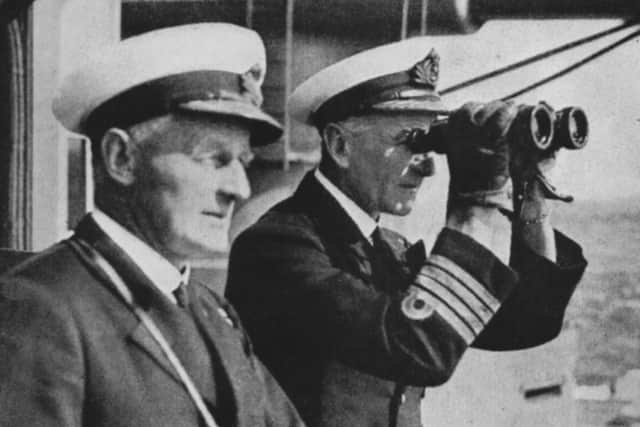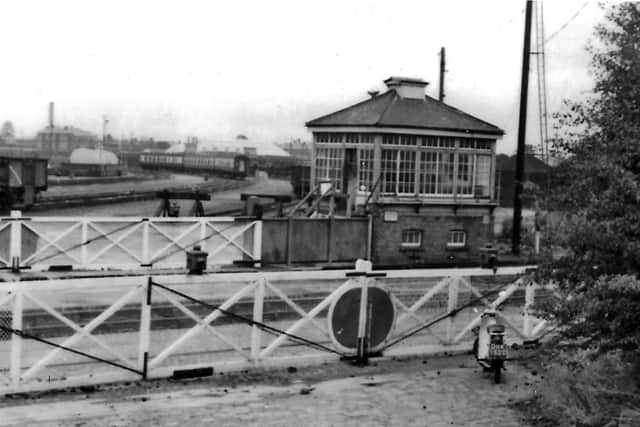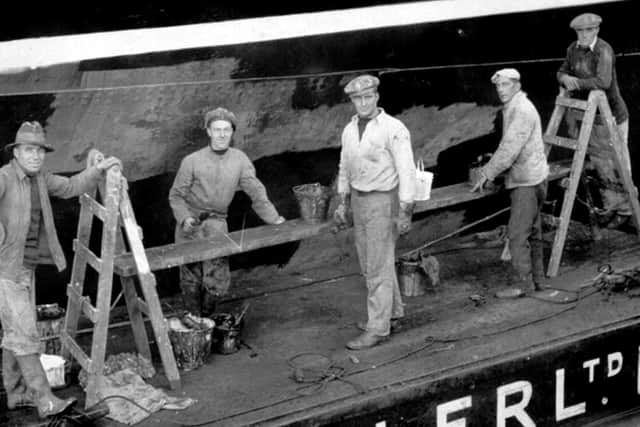Old Portsmouth street blighted by blitz features in nostalgic new book


The photographs are taken from the Historic England archives in Swindon and include scenes from abbeys and palaces, castles and forts, local villages, grand houses, cinemas, work and leisure.
One of the photographs from the book is of a blitzed Lombard Street in Old Portsmouth, pictured right.
Advertisement
Hide AdAdvertisement
Hide AdAdmiral Sir William James took HMS Hood as his flagship on August 15, 1932. He asked for and was given, Captain Thomas Binney as Hood’s captain.


In the photograph, below right, Admiral James, left, stands alongside Hood’s commander, Captain Binney. His previous command had been as captain of the battleship HMS Nelson.
Although the Hood travelled all over the world, the first cruise with Admiral James in charge of the squadron was to Southend-on-Sea.
I don’t suppose there are any former crew members of the Hood surviving. I know the three survivors from the sinking in 1941 have all passed away but I wonder if there are other ex-Hoodies still with us?
Advertisement
Hide AdAdvertisement
Hide AdI don’t know if there are any former coal men still living in the city who used to collect their coal from Fratton coal yard, but the scene, below right, will bring back a few memories.


It is the level crossing from Goldsmith Avenue into the yard which was protected by a level crossing gate controlled from the glass surrounded ground frame on the right.
If you look at the four foot space between the rails, it appears the sleepers that once made up the crossing have been displaced.
I would imagine by the time the photograph was taken the yard was redundant and the gates out of use.
Advertisement
Hide AdAdvertisement
Hide AdThe railway lines led into the car sheds - out of camera to the right, although still existing.


The ground frame was never worked by a signalman, I have been told, but by a redundant driver or perhaps on light duties.
David Anderson is researching the photo, on the opposite page.
One of the men is his grandfather and David is trying to determine the date and location of the photograph.
Advertisement
Hide AdAdvertisement
Hide AdHe is confident the writing on the barge that the men are working on says ‘William Miller Ltd’.
He was a contractor operating canteens and supplying goods to Royal Navy ships. While the company had several branches, including one in Invergordon, Scotland, near David's family home, their headquarters were in Portsmouth.